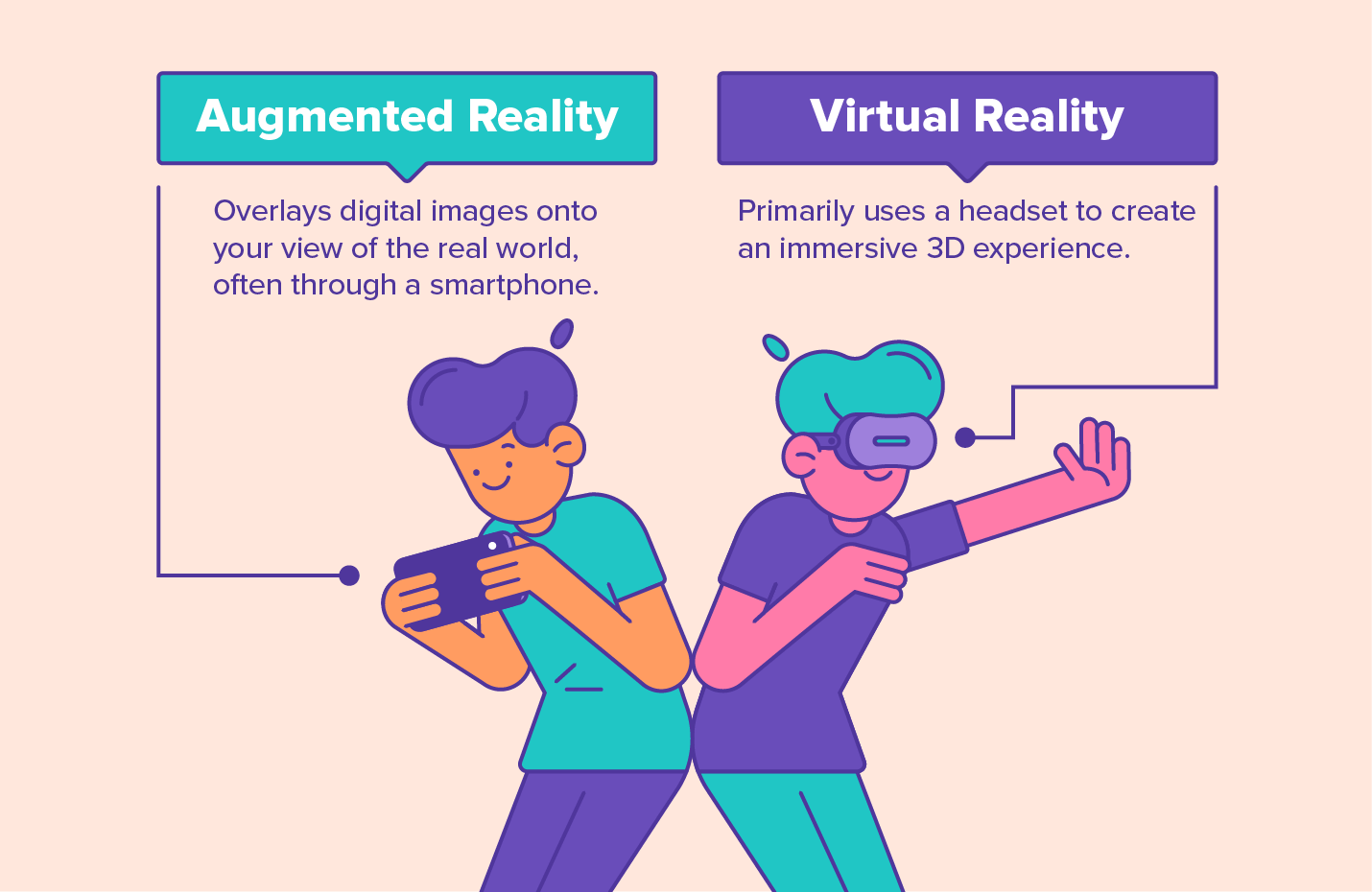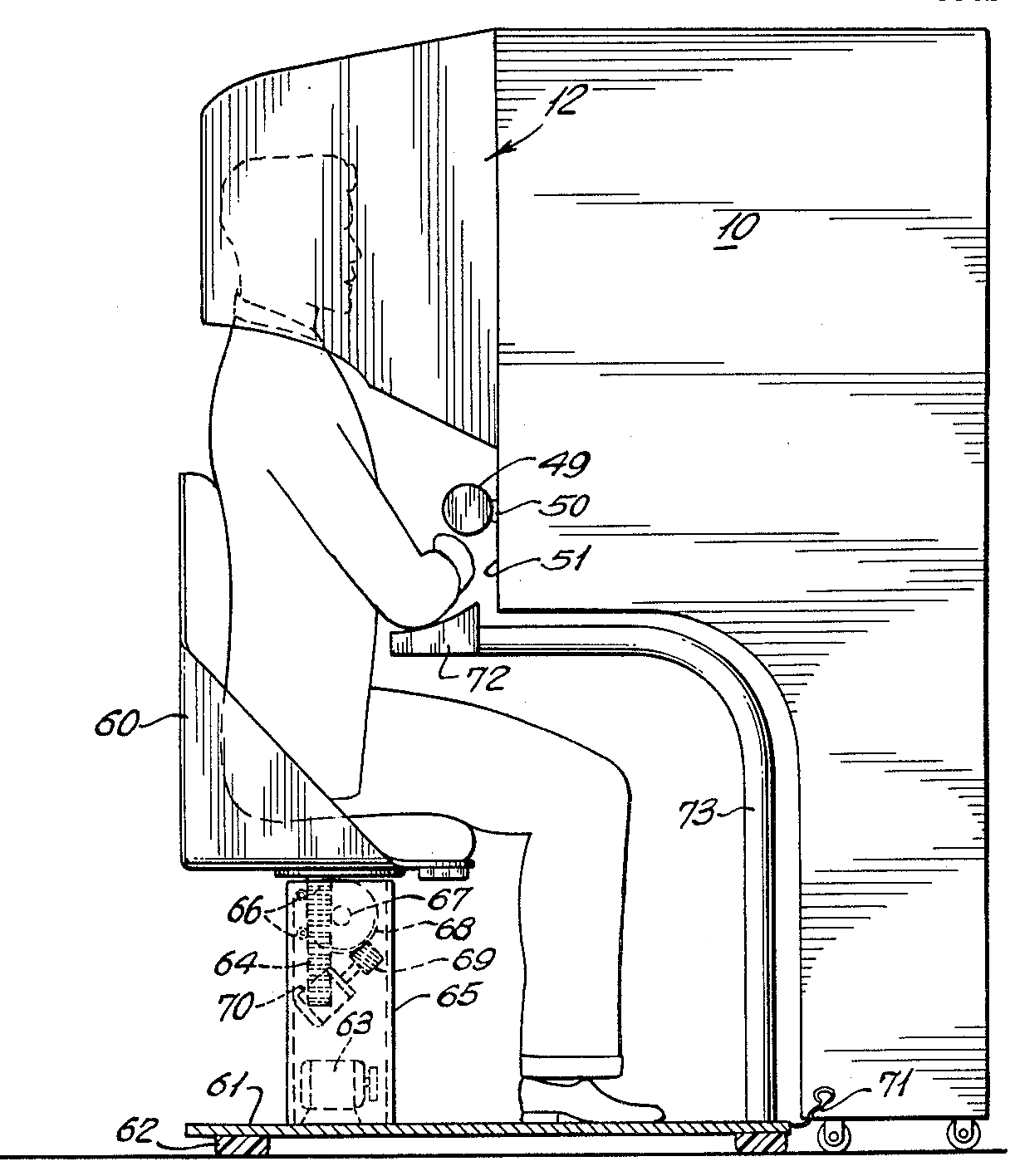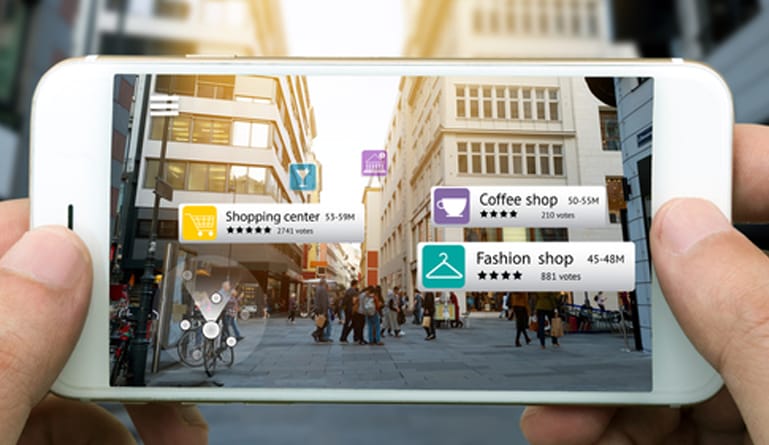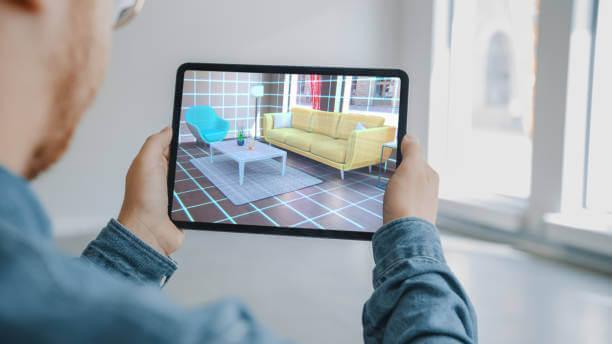Augmented reality (AR) is an interactive experience that combines multiple sensory modalities to make the real world feel more real. This technology is an extension of our natural perceptions of the world and can improve the way we perceive olfactory, auditory, somatosensory, haptic, and somatosensory information.
It has been developed to enhance learning experiences and assist students and researchers in their field.
One of the biggest benefits of AR is that it can make shopping for furniture easier. Some companies, such as Wayfair and Houzz, already allow their users to place items in real-world environments to give them an idea of how they will look in their homes.
Also Read: What is Virtual Reality (VR)? Explained
It can be a great way to make the real world more interactive and fun.
Another application of AR is the ability to “try before you buy,” which has been proven to increase conversions by as much as 60%. Technology is also a great help in education, where teachers can teach their students the proper placement of objects in a classroom.

Currently, smartphones are equipped with cameras, GPS, and processors. This combination allows users to view and interact with digital representations of physical objects in real-time.
A company can even use AR for training and education. To create a more complex AR experience, it can also incorporate real-time data streams into the experience. While it may be difficult to integrate augmented reality into an existing training program, a good experience will be enough to drive adoption.
The History of Augmented Reality
The first augmented reality application is created by Julie Martin using Silicon Graphics computers. It features dancers, and Polhemus sensing system, and text overlays. In the year 1584, a German agency developed an AR application that allowed users to interact with digital models, including objects and images.
Also Read: What is Mixed Reality (MR)? Explained
In the same year, this first commercial app was released. This app featured an image of a printed magazine ad. The virtual model was connected to markers on the physical ad, and users could move and manipulate the ad.
While most people are familiar with the term “augmented reality,” there is actually a long history of technology that has evolved.

In the 1990s, Professor Sutherland at the Boeing Company developed a head-mounted display (HMD) system that allowed workers to see detailed schematics of airplane wiring systems while on the job.
In 1992, Ivan Sutherland, an engineering professor, developed the first commercially available head-mounted display. This technology paved the way for the use of AR and has a wide range of potential applications for the future.
The next step in AR is to develop and test applications. Until then, most firms are simply building their AR infrastructure. The first step will be to build a dedicated team to create AR content.
This will be responsible for developing the infrastructure required for the technology and launching its first products. Then, the company will begin to build its own AR team and use that team to create content and apps for the platform. The next step is to make AR more accessible.
The first real operational AR system was created in 1995 by Louis Rosenburg. The technology was initially developed for fighter pilots, but the first use of AR was for military purposes. The AR simulations in the U.S. Department of Homeland Security were designed to help personnel prepare for emergency situations and improve performance across the value chain.
The use of AR in training and development is not limited to the military, though. Similarly, it is being used to reduce training risks and costs for other sectors, such as construction and manufacturing.
The Future of Augmented Reality Technology
One of the most important uses for AR in retail. It gives consumers the chance to see products they might have otherwise never seen. With companies like Ikea and Wayfair, users can place furniture right in their homes.
It can help consumers make the best purchase and take the guesswork out of the process. As more people shop online, AR is a powerful tool to enhance the shopping experience and make the entire process easier. However, companies need to weigh the cost and impact of AR before adopting it.

One example of augmented reality is a toy that lets you play with it in a virtual environment. The technology makes it possible for you to interact with the toy through a mobile device, which allows you to view it in a hands-free mode.
A few apps allow you to scan a barcode of the toy and then view it in 3D. The experience can be very exciting and entertaining. It can be used for many purposes, including training.
Augmented Reality can be used to improve a person’s quality of life. For instance, it is used for retail purposes, where consumers can see how the furniture looks in a virtual environment. They can even try it before they buy it.
Also Read: What is Metaverse? Explained
In the world of real estate, augmented reality is very useful for modifying certain aspects of a home. This feature can be helpful when it comes to choosing a new piece of furniture or designing a home.
There are many examples of how Augmented Reality can be used. A smartphone can be used to display a picture of an animal, for example. For other applications, a user can view a person’s face through the use of an AR experience. It can be a good way to make the world more enjoyable. It can also be used in games.
However, the technology is still in its early stages. The next big step for the technology is to find a compelling platform to integrate it.

Besides, it can help a person avoid distractions and find food. This technology is very useful in the field of medicine. It is expected to reach $75 billion by 2023. With the development of AR, this technology can greatly improve the lives of many individuals.
In the future, technology will be widely available to help people understand the physical world. Using an AR application, a surgeon can observe a patient’s heart rhythm and the vital signs of the patient while performing surgery.
This can also improve the quality of life by preventing the need for costly downtime. It will help a person learn how to operate the equipment. This is not only beneficial for patients, but for the staff as well.
Want to Know More About Augmented Reality?
This post was originally published on 27, November 2021, but according to new information stuff, this post is updated frequently.
Random Explained:
>What is Extended Reality (XR)? Explained
>What is Artificial Intelligence? Explained

